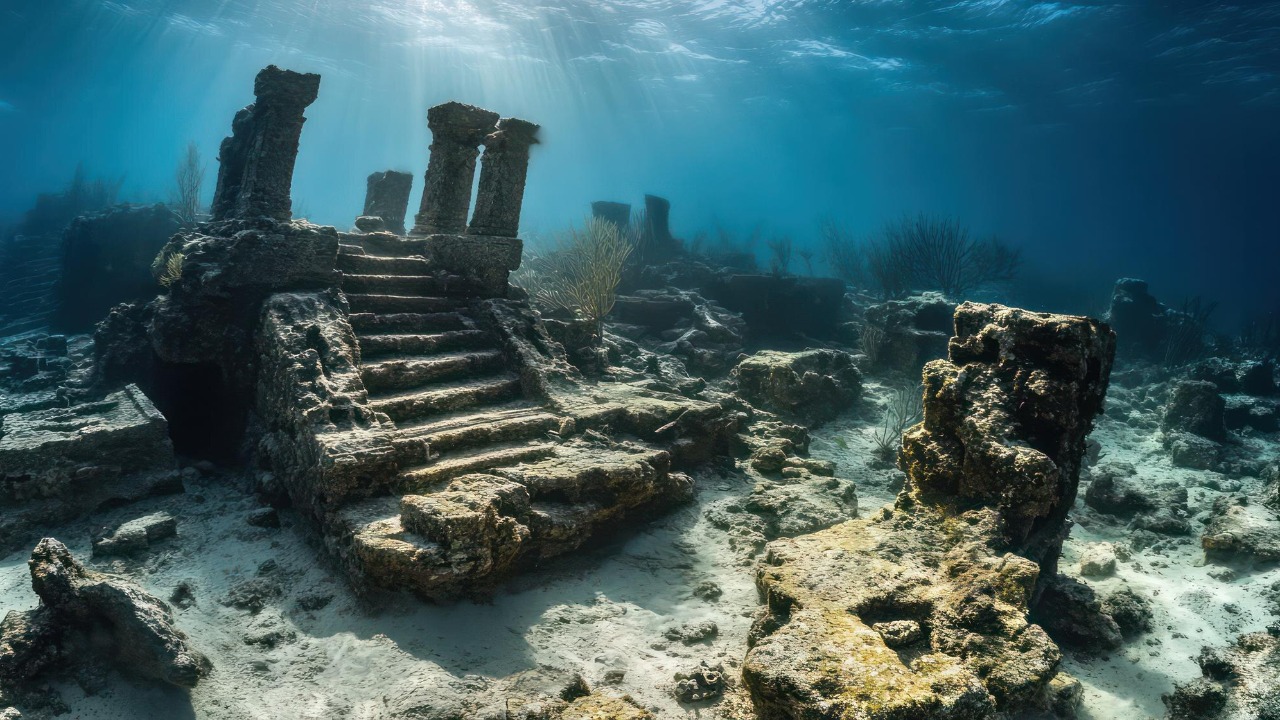
Our oceans hold secrets that stretch back through millennia, and among them are entire cities lost beneath the waves. These underwater cities not only capture the imagination but also challenge our understanding of history. From the ancient legends to recent discoveries, each sunken city offers a unique glimpse into our past.
Atlantis of the East: Dwarka, India

Dwarka, often referred to as the Atlantis of the East, is a submerged city off the coast of Gujarat, India. This ancient city is believed to be founded by Lord Krishna and mentioned in the Indian epic, Mahabharata. Archaeological evidence suggests that Dwarka was a thriving port city over 9,000 years ago, challenging our understanding of early civilization.
Underwater excavations have uncovered a sophisticated urban settlement with well-planned streets and structures. The discovery of Dwarka has sparked debates among historians and archaeologists, as it potentially redefines the timeline of human civilization in the region.
The Lost City of Heracleion, Egypt
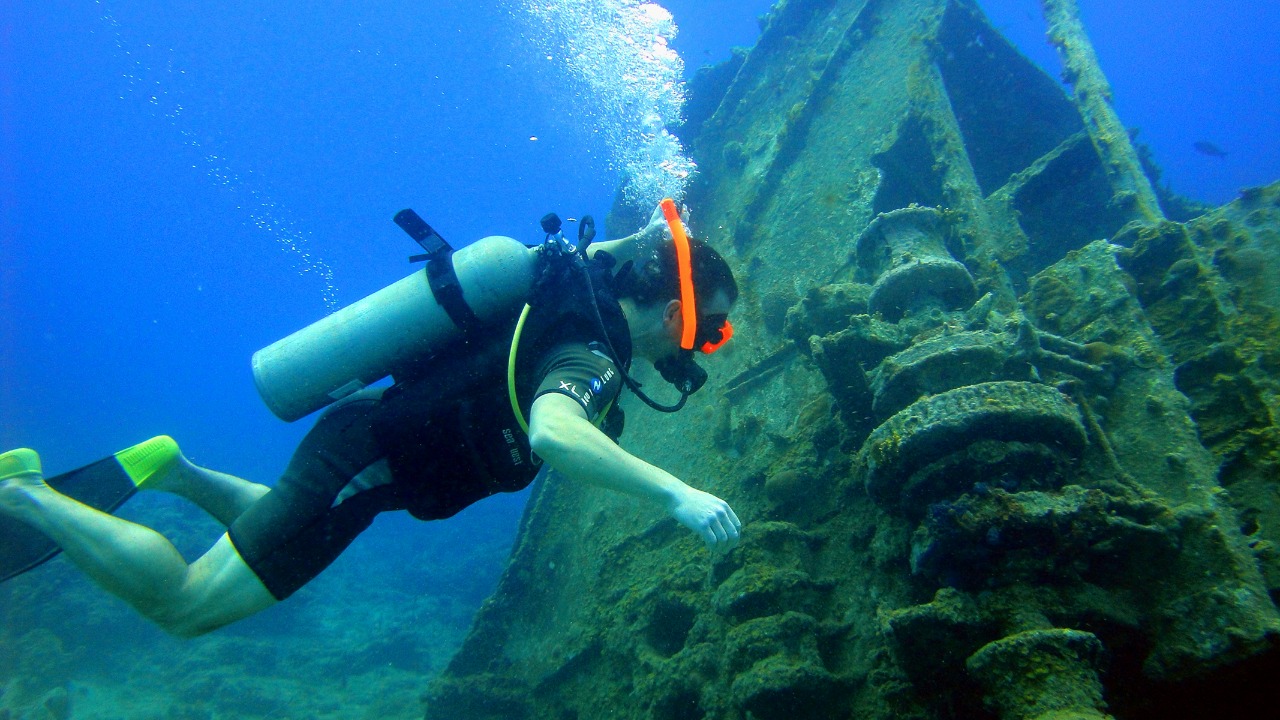
Heracleion, also known as Thonis, was once Egypt’s largest port city before Alexandria rose to prominence. Located near the modern-day city of Alexandria, Heracleion was submerged due to a series of natural disasters around the 8th century AD. It remained lost until it was rediscovered in 2000.
Excavations at Heracleion have revealed a wealth of artifacts, including colossal statues, inscriptions, and remnants of temples. These findings provide valuable insights into ancient Egyptian life and commerce, reshaping our understanding of the Mediterranean’s historical significance.
The Ancient Port of Pavlopetri, Greece
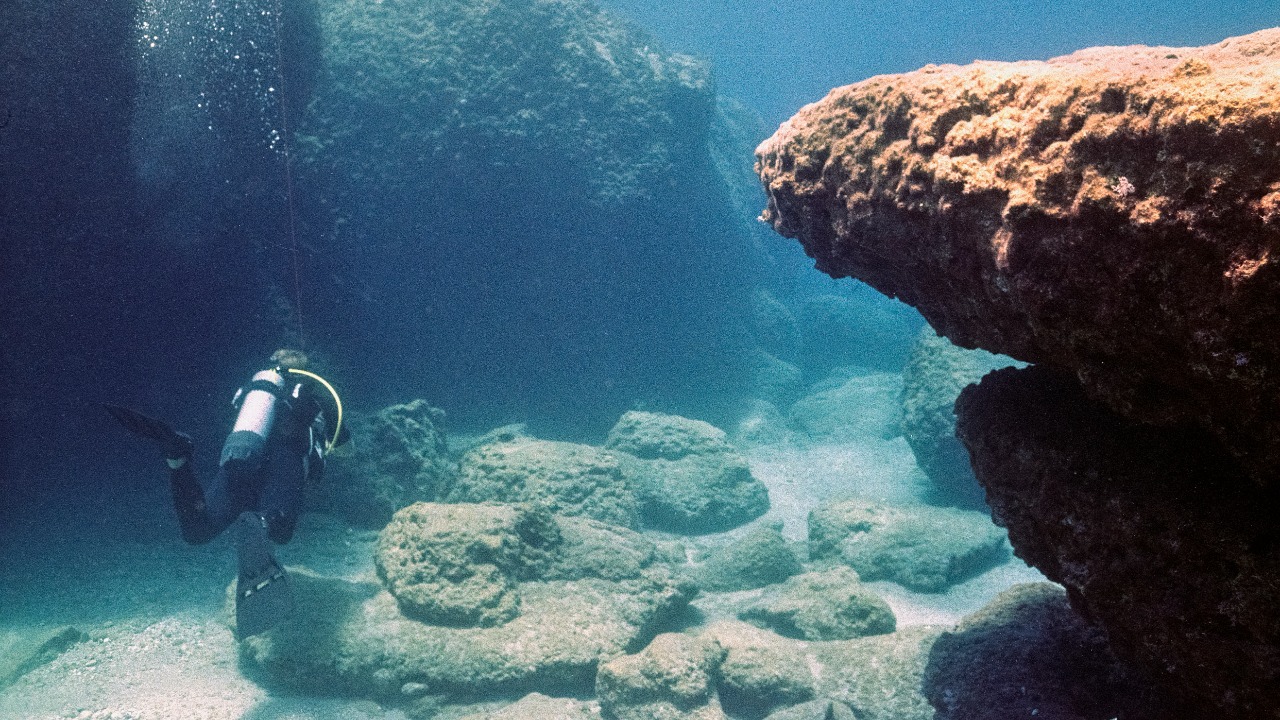
Located off the southern coast of Laconia in Greece, Pavlopetri is one of the oldest submerged cities known to archaeologists. Dating back over 5,000 years, Pavlopetri offers a unique glimpse into the life of an ancient Greek port city.
The city’s layout, which includes streets, buildings, and tombs, has been remarkably preserved under the sea. Its discovery and ongoing study not only illuminate ancient Greek urban planning but also offer a window into the daily lives of its inhabitants.
The Submerged Ruins of Port Royal, Jamaica
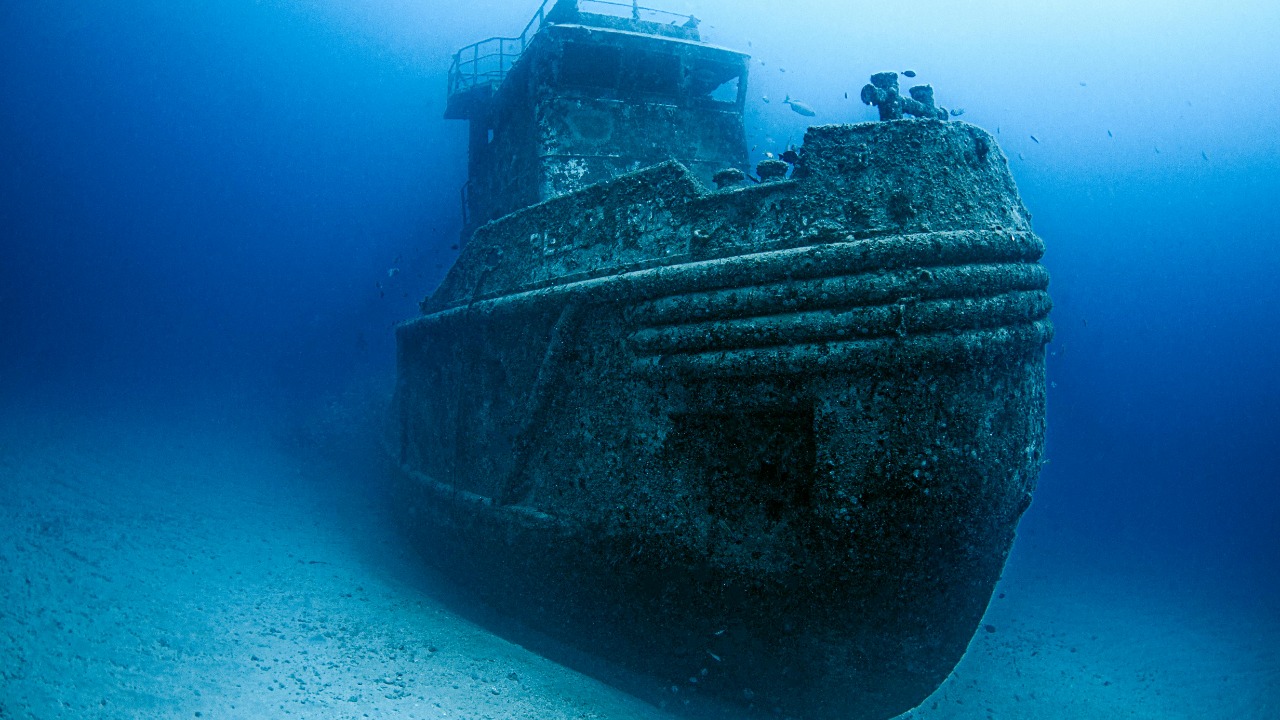
Once known as the “wickedest city on earth,” Port Royal in Jamaica met a catastrophic end when it sank into the Caribbean Sea following an earthquake in 1692. This infamous pirate haven has since become a treasure trove for underwater archaeologists.
Explorations of Port Royal’s ruins have uncovered well-preserved artifacts and structures, providing a detailed snapshot of life in a 17th-century colonial Caribbean port. The findings continue to inform our understanding of colonial history and the impact of natural disasters on urban settlements.
The Underwater Wonders of Yonaguni, Japan
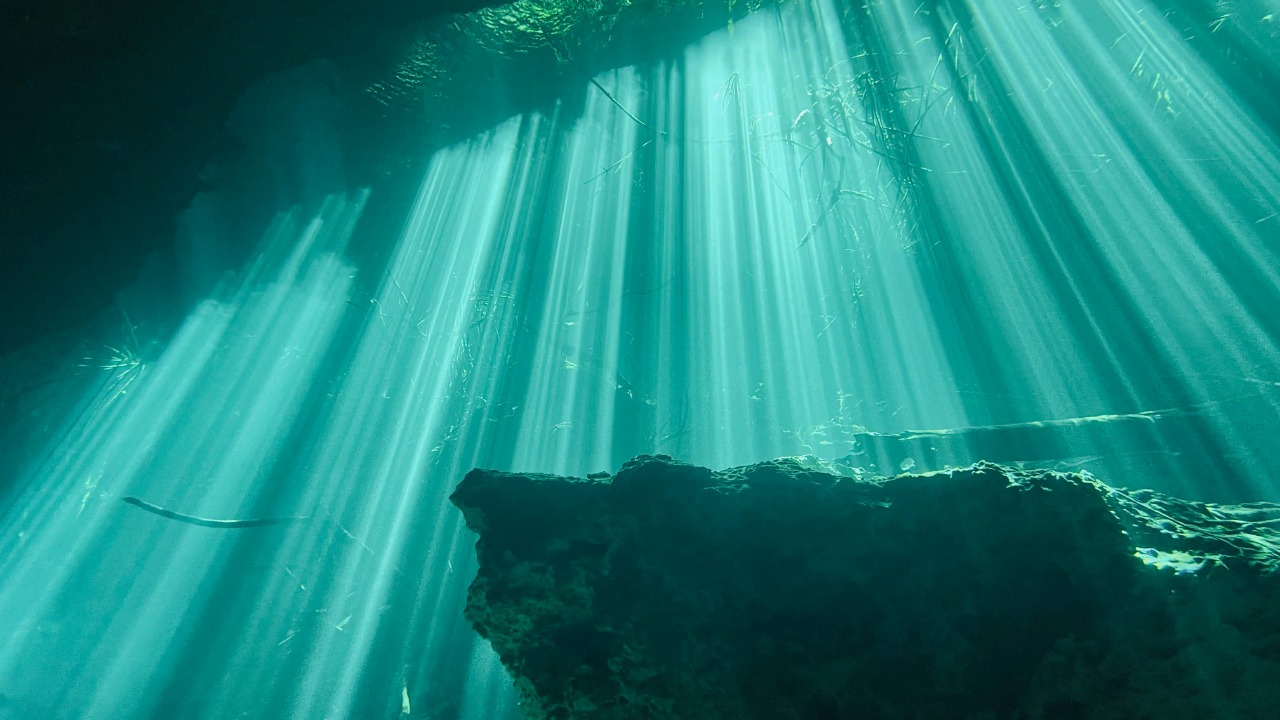
The Yonaguni Monument, located off the coast of Japan, is a mysterious underwater structure that has sparked debate among researchers and archaeologists. Some believe it to be a man-made pyramid dating back to an ancient civilization, while others argue it is a natural formation.
Regardless of its origins, the Yonaguni Monument has captivated divers and historians alike. Its terraces, steps, and flat surfaces suggest a level of sophistication that raises questions about the capabilities of early societies in the region.